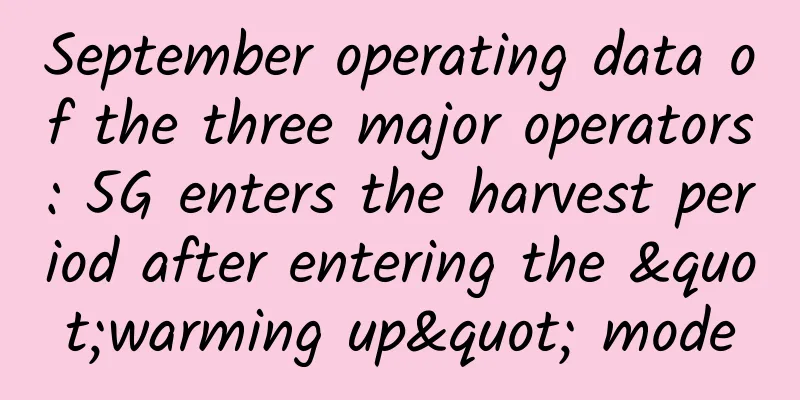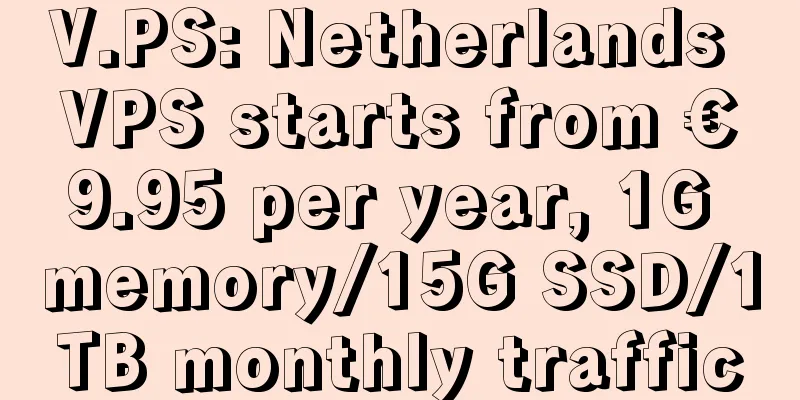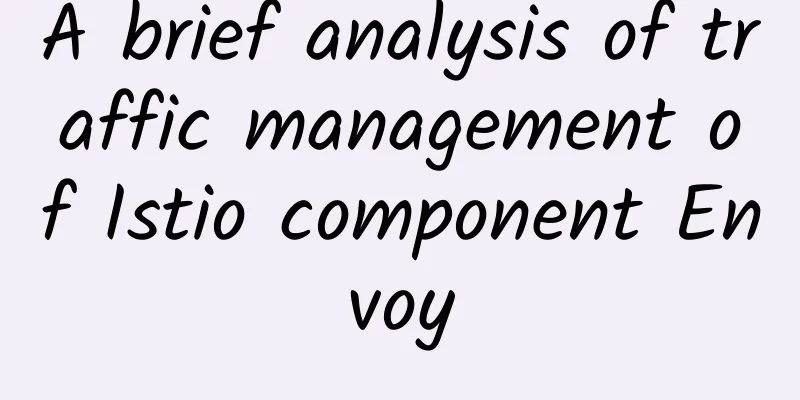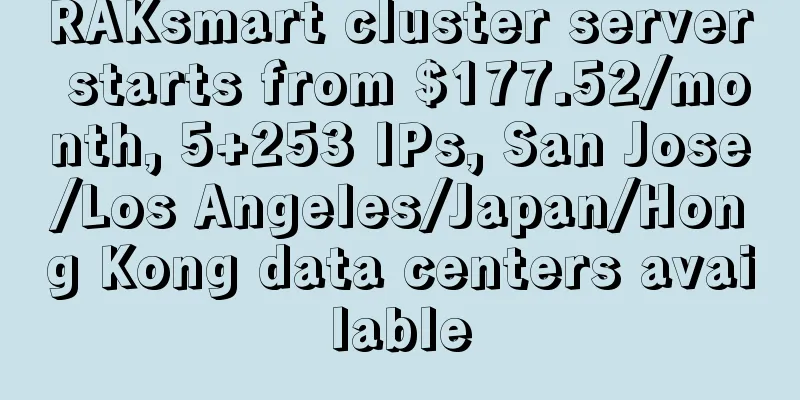How to identify the protocol of an unfamiliar CAN network?
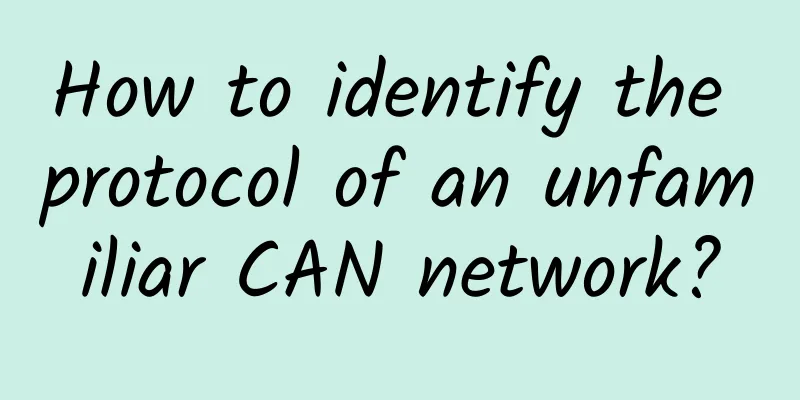
|
In a CAN network, all nodes share a bus for data transmission and reception. When faced with an unknown multi-node CAN bus network, how can we accurately analyze the communication protocol between nodes? 1. CAN bus communication mode Similar to 485, CAN-Bus also communicates in a bus mode, and all CAN nodes are connected to a pair of differential lines. However, there is no master-slave concept in the nodes of the CAN bus. When a node has data to upload, it can send it autonomously and instantly, and the advanced arbitration mechanism ensures that the data will not conflict.
Figure 1 CAN bus communication mode 2. CAN bus protocol analysis Compared with the standard seven-layer communication model, the CAN bus can be roughly divided into the physical layer, link layer, and application layer. The node ID number can be obtained by analyzing the link layer. If you want to analyze the link layer of an "unencrypted" CAN bus, you can use a CAN bus interface card (also known as a CAN box). This type of tool can convert CAN communication to USB, PCI and other communication methods, and is generally used with a computer. If you want to do a comprehensive analysis of the CAN bus, you need a professional bus analyzer. CANScope is a comprehensive instrument that integrates CAN node testing and calibration, CAN bus fault diagnosis and resolution. Figure 2 CAN bus packet capture tool and method 3. Application of Multi-channel CAN Card The bus protocol analysis mentioned above is performed under the premise that there are few bus nodes and the node ID is known. When facing a network with unknown protocol, many nodes and unknown node ID, the first thing to do is to extract the messages in each CAN channel and identify each node ID. Figure 3 Data separation and extraction If each node is taken out for testing separately, the original communication rules will inevitably be destroyed. How to figure out an unfamiliar transceiver protocol without destroying the original communication? As the saying goes, if you want to do your work well, you must first sharpen your tools. You need a CAN card that can send, receive and transfer multiple CAN data at the same time. USBCAN-8E-U is such a test tool. Figure 4 USBCAN-8E-U USBCAN-8E-U integrates 8 CAN-bus interfaces, and each channel can perform routing (forwarding) functions. When identifying the node ID, the node can be connected to 8 CAN interfaces at the same time, and then the 8-way CAN communication can be freely forwarded to ensure that the original network communication rules are not damaged. The powerful host computer software displays the CAN messages sent and received by each channel separately by channel, and the data analysis is clear at a glance. Figure 5 Multi-node CAN network analysis |
<<: No wonder your Wi-Fi is so slow if you place your router like this
Recommend
The average monthly salary of 5G talents exceeds 14,000 yuan, and Beijing, Shanghai and Shenzhen are most in need of talent
As 5G commercialization approaches, the demand fo...
Which network IO model should RPC design use?
What role does network communication play in RPC ...
With the support of "new infrastructure", 5G helps industrial Internet enter the fast lane
2020 is a year full of "dangers" and &q...
Eight major IT disasters in 2024
Like most years, 2024 has seen a series of IT dis...
An article explains the principles of Docker network
Overview Docker native network is based on Linux ...
Academician Wu Hequan: 5.5G does not require full network coverage, and recommends joint construction and sharing
IT Home reported on December 7 that the 2023 Worl...
Understanding UWB Ultra-Wideband Technology in One Article
"Point and hit" is often used to descri...
How will the broadband market change after private enterprises withdraw? Mergers and reorganizations may be inevitable
Recently, the former fourth largest broadband acc...
Servervy: €1.5/month-2GB/10GB SSD/100M unlimited traffic/Netherlands VPS
The whois query of the domain name Servervy.com s...
Pivo: $5/month KVM-4GB/40G SSD/2TB/Phoenix Data Center
Pivo claims to have started in 1997(?). The merch...
When you "ping", do you know the logic behind it?
[[262430]] When we encounter a network outage, we...
The first Global Cybersecurity Industry Innovation Forum opens in Shanghai
On November 7, 2017, the first "Global Cyber...
The core network and its vital role in cellular connectivity
The emergence of the Internet of Things (IoT) and...
I've learned a lot! 5G is actually "changing society" in this way
Smart cities, smart grids, smart grazing/planting...
Microsoft drops OneDrive sync support for older versions of macOS
On August 8, Microsoft announced that they will d...






